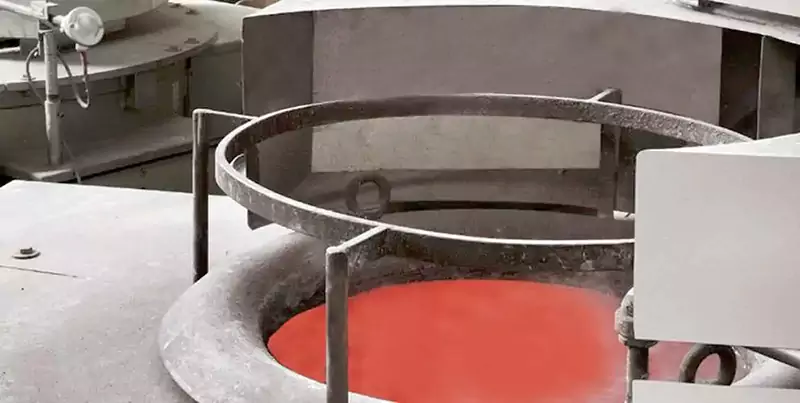Oversimplified introduction of Heat Treatment.

Quenching: Take 1045 medium carbon steel as an example. Heat 1045 steel to above 840~850 degrees Celsius, keep warm for a period of time, and then use water or oil as a medium to quickly cool to room temperature. The…
